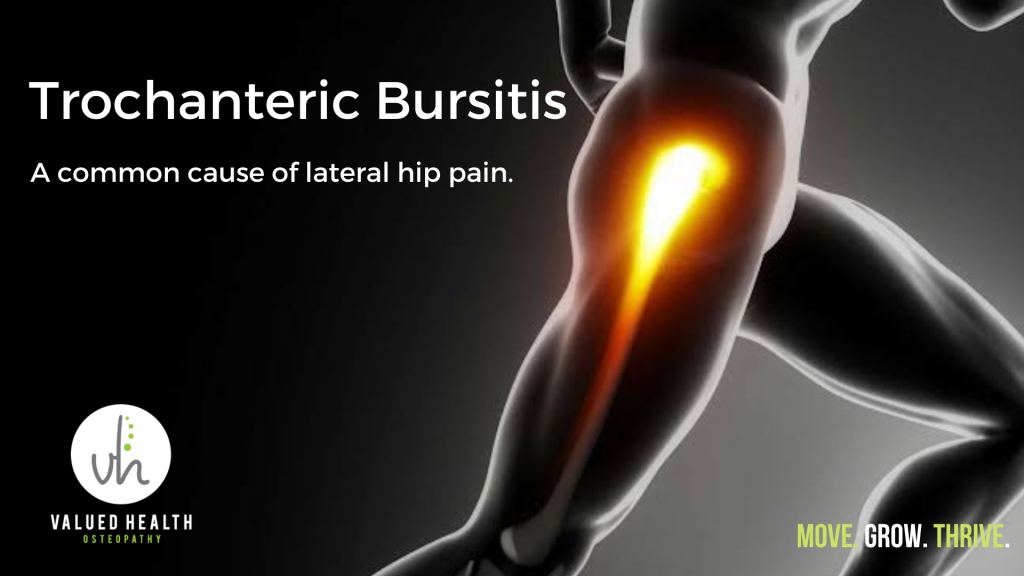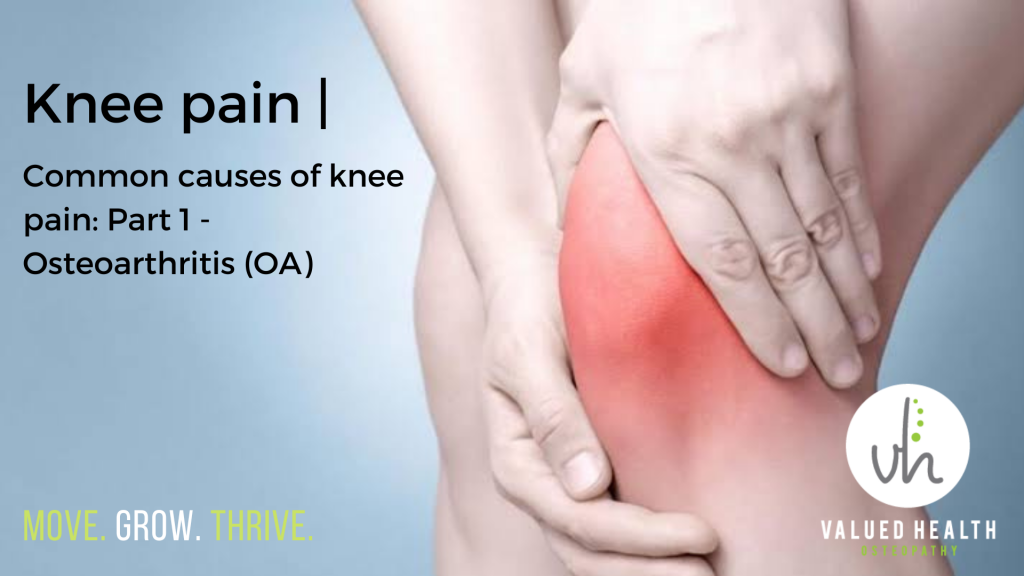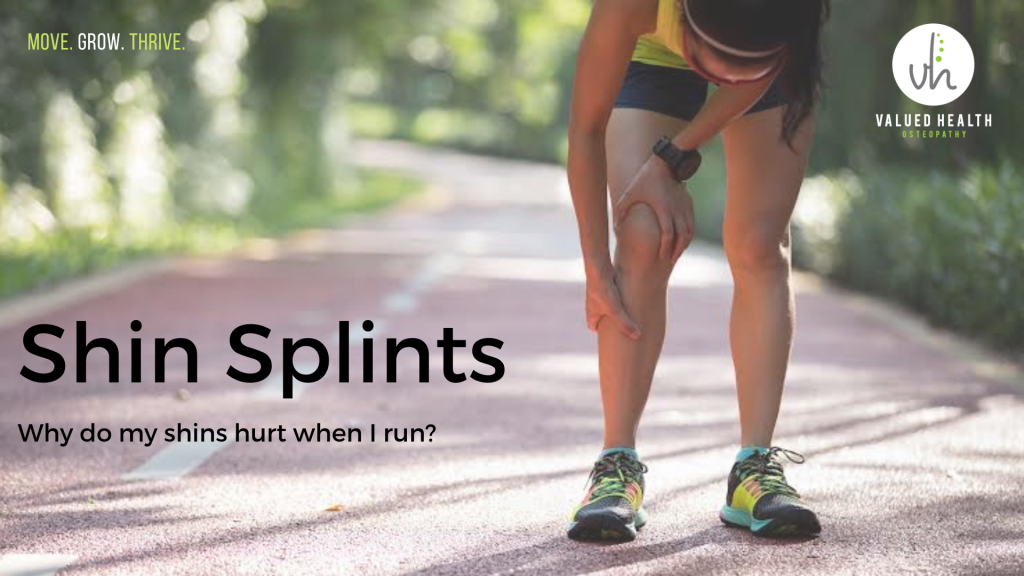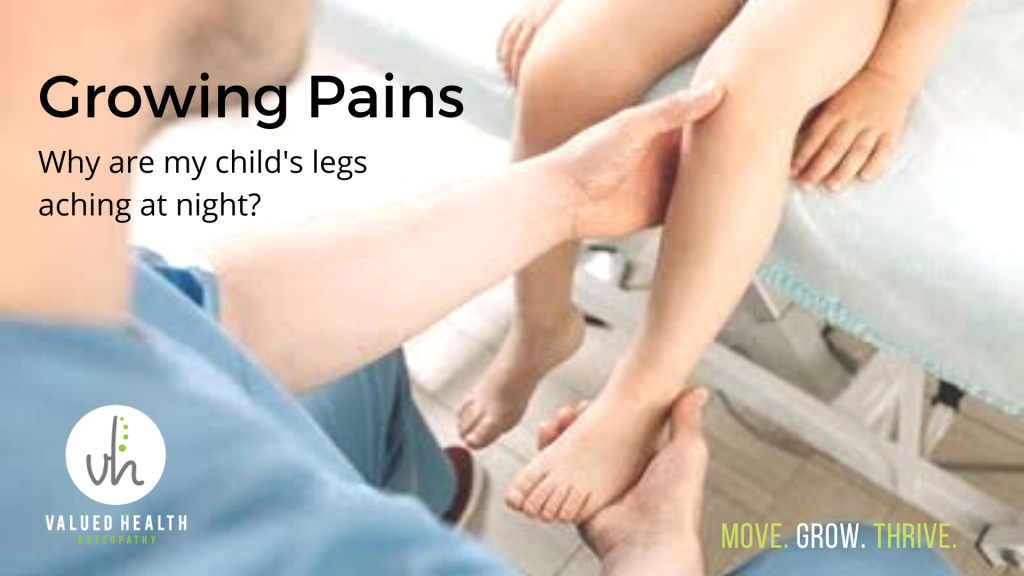Cervicogenic Headache
Let’s talk about Cervicogenic Headaches.
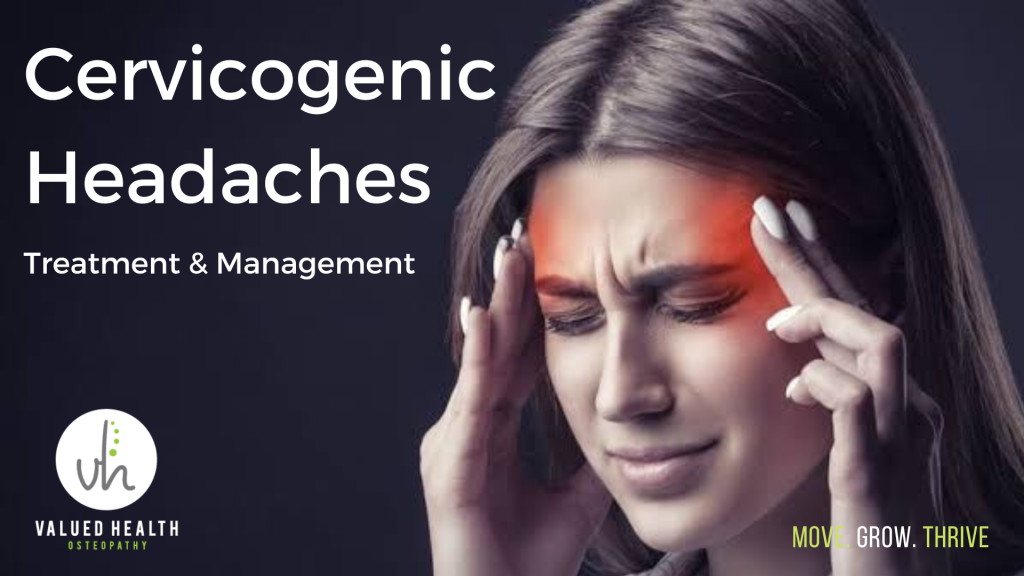
You may be experiencing from a condition known as Cervicogenic Headache … If you have you been experiencing headaches lately and have had some associated neck pain.
Patients with Cervicogenic Headaches may experience:
- One-sided pain that can mimic tension type headaches or migraines.
- Pain is usually one sided and begins at the neck and can spread to the eyes, forehead, and temples.
- Patients often do not complain of any sensitivity to light and noise which is common in migraines.
- Associated neck pain or a reduction in range of motion.
Cervicogenic headaches are thought to be caused by irritation of cervical structures that are innervated by spinal nerves C1, C2 and C3. Therefore, any structure in the neck that is innervated by these spinal nerves that is irritated may cause pain in the neck and then refer pain up the face and head, which will then lead to headaches.
Cervicogenic headaches are a rare form of headache but is commonly seen in people between the ages of 30 and 44 years old and affects both females and males equally.
In terms of management and treatment of Cervicogenic headaches, physical therapy is often the gold standard which includes manipulative therapy and therapeutic exercise. Patients may look to an anaesthetic or steroid injection for pain relief. Surgery can also be performed although this is often considered as a last resort. With successful treatment of the lesion or cause of irritation in the neck, pain usually resolves within three months.
It’s important to note that treatment does not entirely cure the condition. Regular visits to your health practitioner to monitor symptoms and a tailored management plan is often required to prevent future instances.
If you feel like you’re experiencing Cervicogenic headaches or something similar, the Osteopaths at Valued Health Osteopathy are happy to have a chat with you about your situation, perform a diagnostic assessment, provide treatment, and develop a tailored management plan.
References:
-
-
Al Khalili Y, Ly N, Murphy PB. Cervicogenic Headache. [Updated 2022 Oct 3]. In: StatPearls [Internet]. Treasure Island (FL): StatPearls Publishing; 2023 Jan-. Available from: https://www.ncbi.nlm.nih.gov/books/NBK507862/
-
Make an appointment today – Book online!
You do not need a referral to see one of our friendly Osteopaths at Valued Health Osteopathy. We have a very good relationship with many surrounding doctors, other health practitioners and personal trainers in the local community of Bentleigh East , Bentleigh, Ormond, McKinnon, Oakleigh, Carnegie, Caulfield, Moorabbin, Murrumbeena, Brighton, Clayton and Clarinda.
Valued Health Osteopathy offers Osteopathy, Clinical Pilates, Infant & Children Osteopathy, Pelvic Health Osteopathy, Exercise Rehabilitation and Strength & Conditioning. Valued Health Osteopathy is open 6 days a week with early morning and evening appointments.
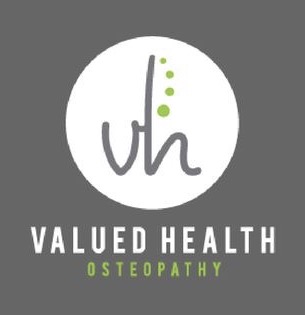
Valued Health Osteopathy is located at 3/658 Centre Road, Bentleigh East, Melbourne, Victoria, 3165.
Valued Health Osteopathy | Osteopathy Australia


